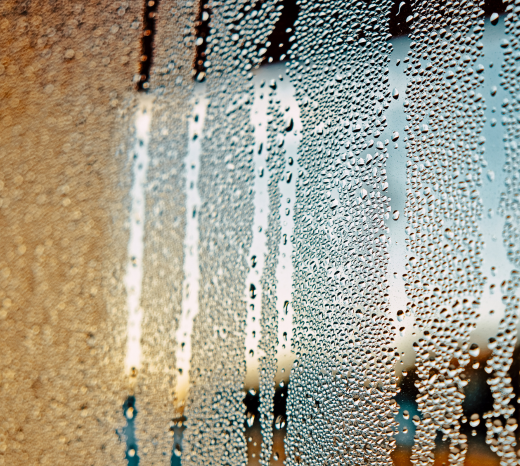Indoor Air Quality, Duct Cleaning
While a small amount of condensation on HVAC ducts is normal, too much moisture is a problem. Ductwork sweating can lead to the corrosion and decay of building materials and promote the growth of mould and bacteria.
Here are some tips to el...

While a small amount of condensation on HVAC ducts is normal, too much moisture is a problem. Ductwork sweating can lead to the corrosion and decay of building materials and promote the growth of mould and bacteria.
Here are some tips to eliminate condensation on your air ducts.
Reduce the Humidity
High indoor humidity levels are one of the main causes of condensation on air ducts. The first step to countering high humidity is to locate and repair any leaks. The plumbing system, roof, furnace vents, bathroom vents, and oven range vents are common sources.
Alternatively, your home may be prone to high humidity due to how or where it was built. It’s also common for basements to be damper than the rest of the house. The simplest way to remedy this problem is to use a dehumidifier.
Pro Tip: Note that the recommended indoor humidity level is between 50 and 60 percent in the summer and between 30 and 40 percent in the winter.

Replace the Insulation
Condensation develops on air ducts when the cool ducts come into contact with warm, humid air. To prevent this, make sure the ducts are completely wrapped in insulation. Keep in mind that any gaps or rips will allow condensation to form on the exposed areas.
Another option is to better insulate the room that contains the ductwork. This might be worthwhile if you have ductwork in an uninsulated attic, for instance.
Inspect the Ductwork
If there are leaks in your ducts, which would allow cold air to seep out, condensation is likely to build up. Leaks can also reduce the efficiency of your HVAC system. You can check for leaks yourself using a pressure gauge or by running your hand on overexposed ducts to feel for drafts.
Alternatively, if you contact an HVAC technician, we can provide a more thorough inspection of your entire system and immediately repair any leaks.
It’s also important to ensure that air can circulate freely through your air conditioning system. Otherwise, certain segments of the ductwork will be colder, which increases the likelihood of moisture buildup. For this reason, professional duct cleaning is essential. Additionally, air filters should be cleaned or replaced at least every few months.

Don’t Sweat the Small Stuff – Call Modern Air & Water!
You can rely on Modern Air & Water for high-quality, friendly, and professional cleaning, maintenance, and repair of your AC or HVAC air ducts. Need an estimate on your furnace or duct cleaning job? Get a free quote now!
